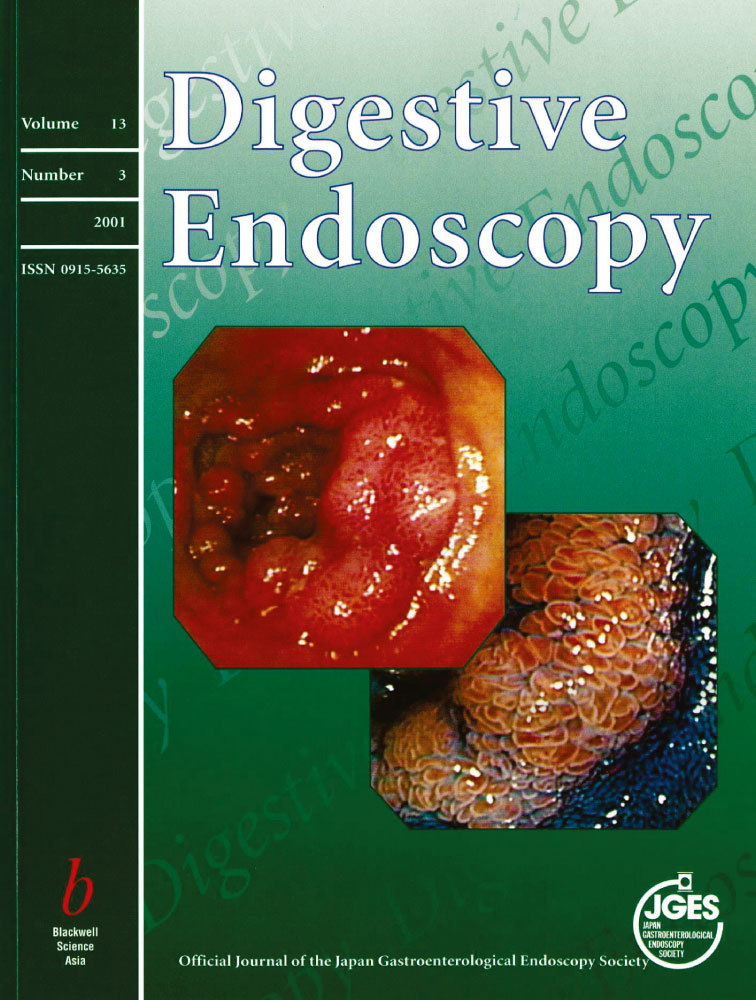Study on minute surface structures of the depressed-type early gastric cancer with magnifying endoscopy
Abstract
Background: Gastric surface patterns and morphology of minute surface vessels in depressed lesions were analyzed using a magnifying endoscope with high resolving power to contribute to qualitative diagnosis of gastric cancer.
Methods: Subjects were diagnosed with depressed-type early gastric cancer (pT1), there were 63 lesions, 38 differentiated-type lesions, and 25 undifferentiated-type lesions. There were also 40 benign depressed lesions found. After routine observations with an endoscope, amplifying observations of lesions were made by EG-410CR (Fuji Photo Optical; Saitama, Japan) (CR). The images were compared with macroscopic patterns and histopathological patterns of the surgical specimens and endoscopic mucosal resection specimens.
Results: Surface patterns of gastric depressed lesions were classified as irregular protrusion, normal papilla, pseudopapilla and amorphia. Irregular protrusion was found only in cancerous lesions. Characteristic minute vessels were observed in amorphia. Their patterns were classified into the following six types: sand, fence, round net, flat net, branch and coil. Irregular protrusion and minute vessels in amorphia (round net, flat net, branch and coil) were specific to cancers. There was a tendency for round net and flat net patterns to be found often in differentiated cancers and for branch and coil patterns to be found often in undifferentiated cancers.
Conclusion: This magnifying endoscopic classification is considered useful for the qualitative diagnosis of depressed-type early gastric cancer.




